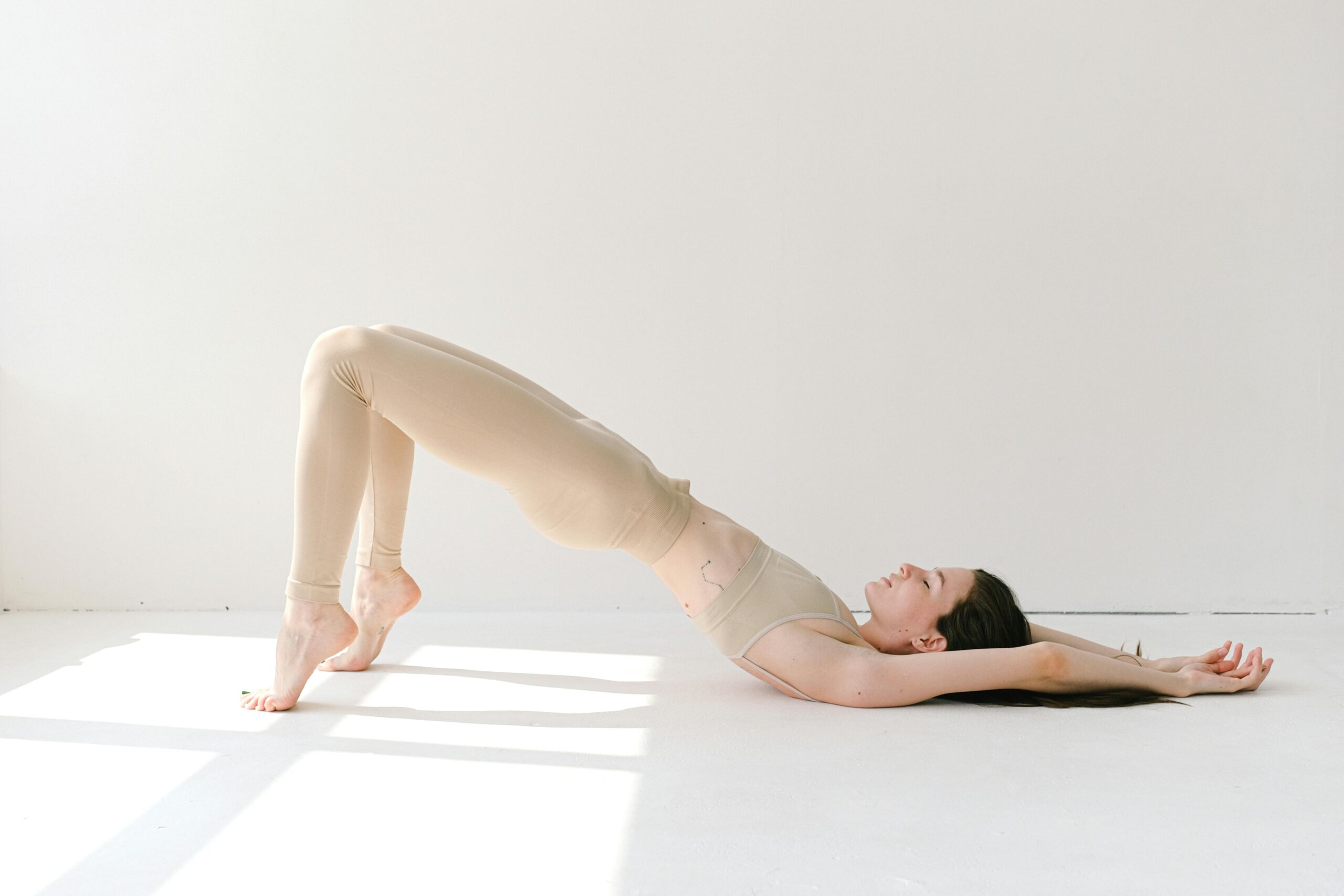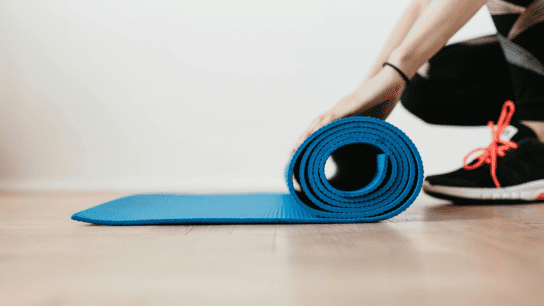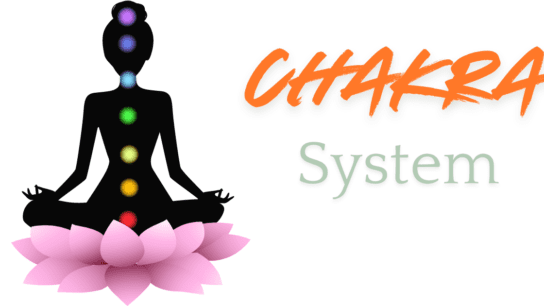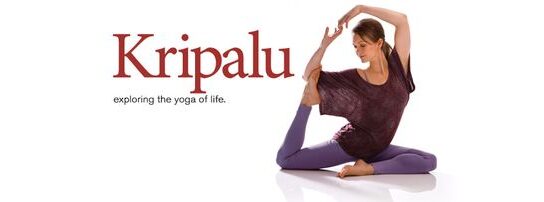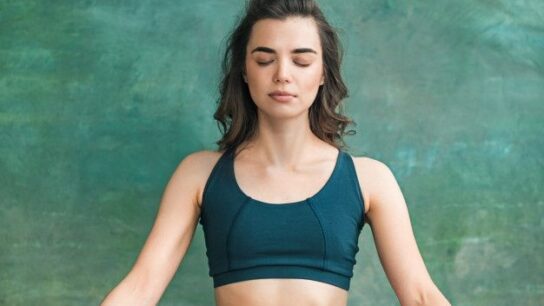In today’s world, where stress is often an inevitable part of life, finding effective methods to manage and alleviate it is crucial for maintaining overall well-being. Yoga Poses for Stress Relief with its blend of physical postures, breathing exercises, and mindfulness, offers a holistic approach to reducing stress and enhancing mental tranquility. Whether you’re a seasoned yogi or a beginner, incorporating specific yoga poses into your daily routine can significantly help in managing stress and achieving a state of relaxation. In this comprehensive guide, we will explore the top 10 yoga poses for stress relief that you can easily practice at home. Let’s dive into each pose and discover how they can help you find your zen.
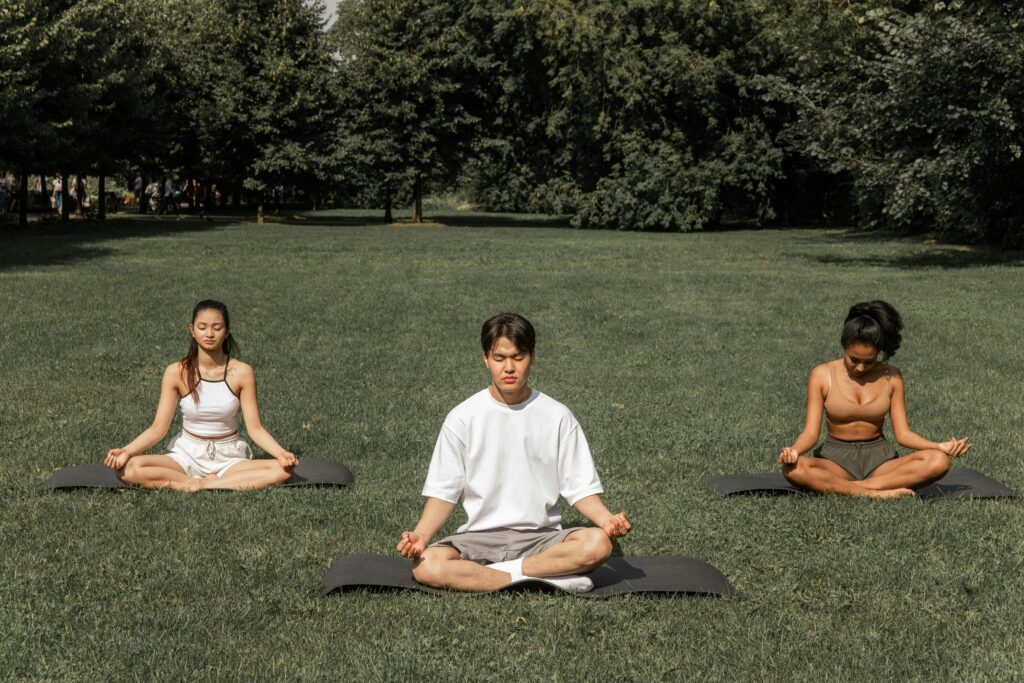
1. Child’s Pose (Balasana)
Benefits:
Child’s Pose is a foundational yoga pose known for its calming effects. It gently stretches the back, hips, and thighs, which helps in relieving tension and stress.Yoga Poses for Stress Relief.
This pose promotes relaxation by allowing the body to rest and recover, making it an excellent starting point for stress relief.
This pose promotes relaxation by allowing the body to rest and recover, making it an excellent starting point for stress relief.
How to Perform:
- Start in a tabletop position on your hands and knees.
- Spread your knees apart while keeping your big toes together.
- Sit back on your heels and extend your arms forward, lowering your chest toward the floor.
- Rest your forehead on the mat and breathe deeply, focusing on the sensation of your breath.
Tips:
- If you experience discomfort in your knees, place a folded blanket under them.
- To deepen the stretch, walk your fingers further forward while keeping your palms facing down.
2. Downward-Facing Dog (Adho Mukha Svanasana)
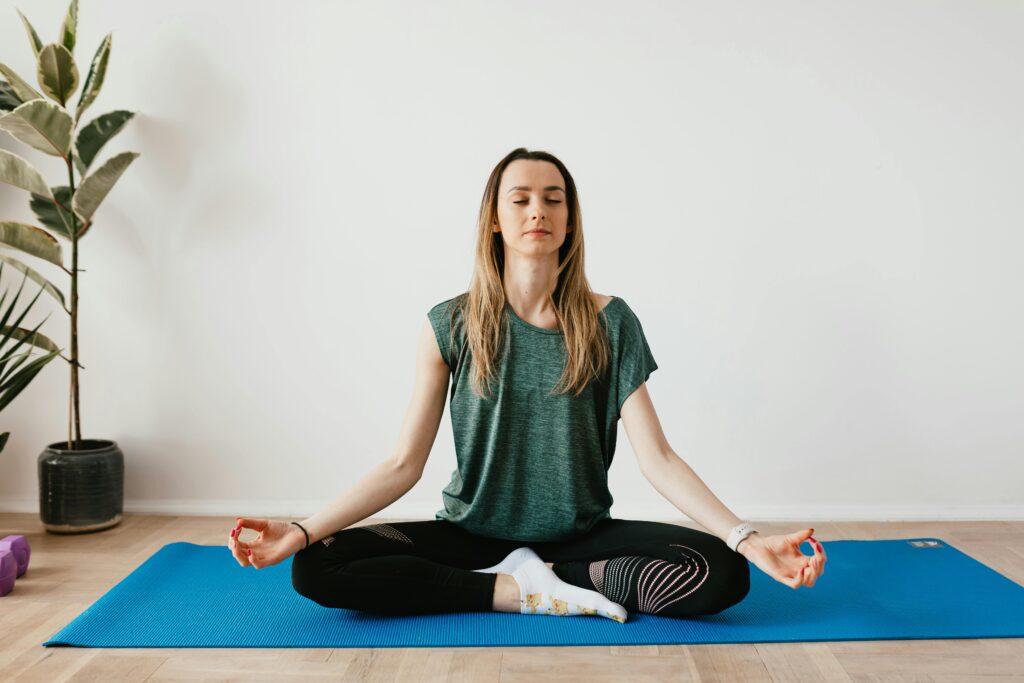
Benefits:
Downward-Facing Dog is a fundamental pose that stretches the entire body, particularly the back, hamstrings, and calves.Yoga Poses for Stress Relief It helps to relieve tension in the shoulders and neck and boosts overall circulation. This pose also has the added benefit of being an inversion, which can help shift your perspective and provide mental clarity.
How to Perform:
- Begin in a tabletop position with your wrists under your shoulders and knees under your hips.
- Tuck your toes and lift your hips towards the ceiling, straightening your legs as much as possible.
- Spread your fingers wide and press your hands firmly into the ground.
- Hold the pose for several breaths, making sure to keep your head between your arms.
Tips:
- If your heels do not touch the floor, it’s perfectly fine; focus on elongating your spine.
- Keep your core engaged to prevent straining your lower back.
3. Cat-Cow Pose (Marjaryasana-Bitilasana)
Benefits:
The Cat-Cow Pose is a dynamic sequence that helps in warming up the spine and relieving tension in the back and neck.Yoga Poses for Stress Relief This flow encourages movement and flexibility, aiding in stress relief by connecting breath with movement and soothing the nervous system.
How to Perform:
- Start in a tabletop position with your wrists aligned under your shoulders and knees under your hips.
- Inhale deeply, arch your back, lift your tailbone and head toward the ceiling (Cow Pose).
- Exhale and round your spine, tucking your chin to your chest (Cat Pose).
- Continue to flow between these two positions, synchronizing your breath with your movements.
Tips:
- Move slowly and mindfully to fully engage your spine and breath.
- Avoid forcing the stretch; instead, move within your comfortable range of motion.
4. Forward Fold (Uttanasana)
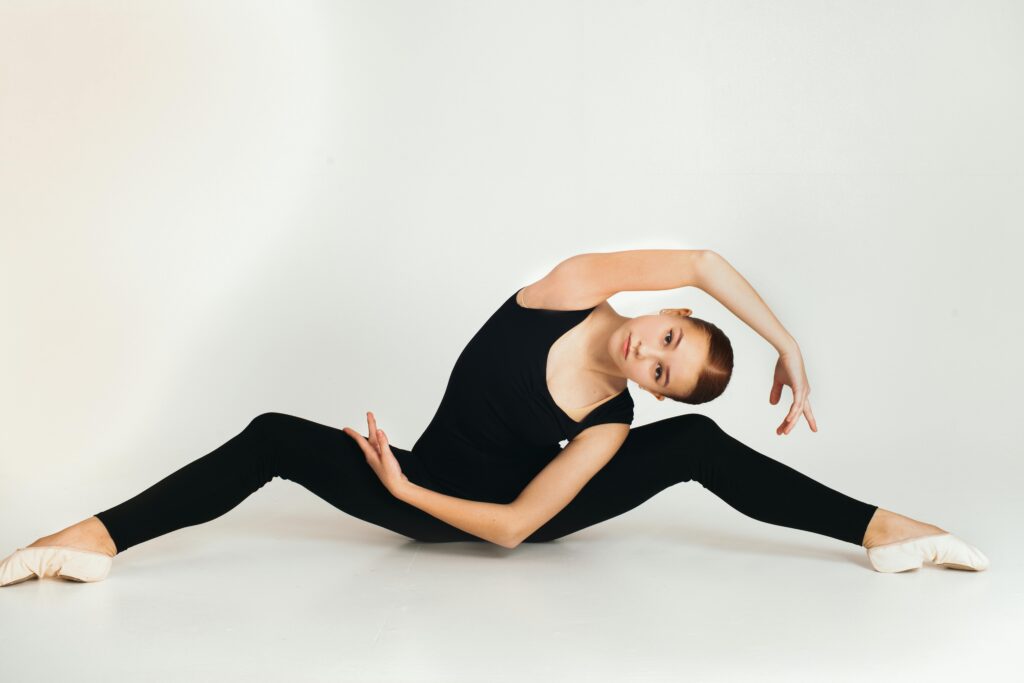
Benefits:
Forward Fold is a restorative pose that stretches the hamstrings, lower back, and calves. This pose helps to calm the mind by encouraging relaxation and relieving tension in the upper body.Yoga Poses for Stress Relief It also promotes better posture by lengthening the spine.
How to Perform:
- Stand with your feet hip-width apart and knees slightly bent.
- Hinge at your hips and fold forward, reaching toward the floor.
- Let your head hang heavy and relax your neck.
- Hold the pose for a few breaths, and then slowly roll up to standing.
Tips:
- Keep a slight bend in your knees if you have tight hamstrings or lower back issues.
- Use a block or chair for support if reaching the floor is challenging.
5. Legs-Up-the-Wall Pose (Viparita Karani)
Benefits:
Legs-Up-the-Wall Pose is a restorative posture that helps alleviate stress and anxiety by promoting relaxation and reversing the effects of gravity.Yoga Poses for Stress Relief It helps in reducing swelling in the legs and improving circulation, making it a great pose for calming the nervous system.
How to Perform:
- Sit next to a wall and lie down on your back.
- Swing your legs up the wall and adjust your hips close to the wall.
- Extend your arms to the sides or place them on your abdomen.
- Stay in this position for 5-15 minutes, focusing on your breath.
Tips:
- Place a folded blanket or bolster under your hips for added comfort.
- Relax your shoulders and keep your neck free of tension.
6. Seated Forward Bend (Paschimottanasana)
Benefits:
Seated Forward Bend provides a deep stretch to the spine, hamstrings, and lower back.Yoga Poses for Stress Relief pose promotes relaxation and mindfulness, helping to calm the mind and reduce stress. It also encourages introspection and self-awareness.
How to Perform:
- Sit on the floor with your legs extended straight in front of you.
- Inhale and lengthen your spine, reaching your arms overhead.
- Exhale and hinge at your hips to reach forward toward your feet.
- Hold your feet or shins, keeping your spine long and relaxed.
Tips:
- Use a yoga strap around your feet if you can’t reach them.
- Keep your movements gentle and avoid rounding your back.
7. Bridge Pose (Setu Bandhasana)
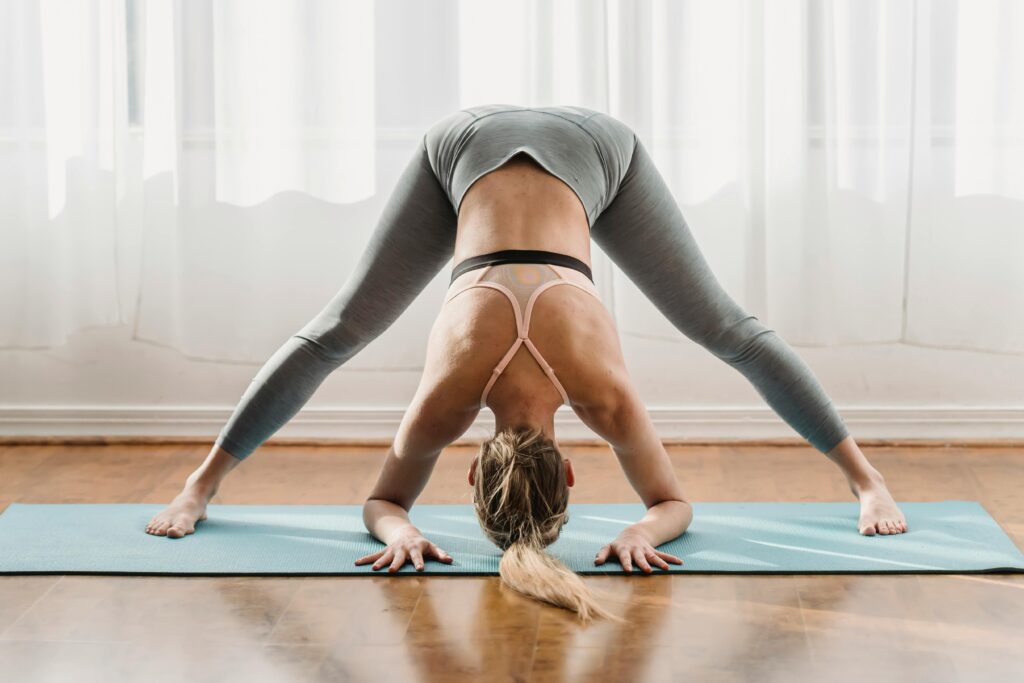
Benefits:
Bridge Pose strengthens the back and glutes while stretching the chest and spine. This gentle backbend helps alleviate stress and anxiety by promoting relaxation and enhancing mood.Yoga Poses for Stress Relief It also improves circulation and can help with sleep issues.
How to Perform:
- Lie on your back with your knees bent and feet hip-width apart.
- Press your feet into the floor and lift your hips toward the ceiling.
- Clasp your hands under your back and roll your shoulders underneath.
- Hold the pose for several breaths before lowering your hips.
Tips:
- Engage your core and glutes to protect your lower back.
- Use a block under your sacrum for a supported variation of the pose.
8. Supine Spinal Twist (Supta Matsyendrasana)
Benefits:
Supine Spinal Twist is an effective pose for relieving tension in the spine, hips, and lower back.Yoga Poses for Stress Relief stimulates digestion and promotes relaxation, making it an excellent choice for stress relief and mental clarity.
How to Perform:
- Lie on your back with your knees bent and feet flat on the floor.
- Extend your arms out to the sides in a T-shape.
- Drop your knees to one side while turning your head in the opposite direction.
- Hold the pose for a few breaths, then switch sides.
Tips:
- Keep your shoulders pressed into the floor to deepen the twist.
- Use a bolster or pillow between your knees if needed for support.Click
9. Corpse Pose (Savasana)
Benefits:
Savasana, or Corpse Pose, is the ultimate relaxation pose in yoga. It helps integrate the benefits of your practice and promotes deep relaxation.Yoga Poses for Stress Relief is crucial for reducing stress and achieving a state of calm and mental clarity.
How to Perform:
- Lie on your back with your legs extended and arms by your sides.
- Close your eyes and focus on your breath.
- Allow your body to relax completely, releasing any remaining tension.
- Stay in this position for 5-15 minutes, or as long as you need.
Tips:
- Place a bolster or folded blanket under your knees for additional comfort.
- Focus on deep, even breathing to enhance relaxation.
10. Legs-on-the-Chair Pose

Benefits:
Legs-on-the-Chair Pose is a restorative variation similar to Legs-Up-the-Wall Pose. It provides relaxation and stress relief by using a chair for support, making it accessible for those who may find the wall pose challenging.
How to Perform:
- Sit in front of a chair and lie back on the floor.
- Place your legs on the seat of the chair, keeping your hips close to the chair.
- Extend your arms to the sides and close your eyes.
- Hold the pose for 5-15 minutes, focusing on your breath.
Tips:
- Adjust the height of the chair or use a bolster for added support.
- Ensure your shoulders and neck are relaxed while in the pose.
Conclusion
Integrating these top 10 yoga poses for stress relief into your home practice can significantly impact your overall well-being. By focusing on poses that stretch and relax the body while calming the mind, you create a sanctuary of peace and balance amidst life’s demands.Yoga Poses for Stress Relief offers a simple yet profound way to manage stress, enhance mental clarity, and promote relaxation.
Practicing these poses regularly, even for just a few minutes each day, can lead to noticeable improvements in your stress levels and overall sense of tranquility. Remember to listen to your body, move mindfully, and use your breath to guide you through each pose.Yoga Poses for Stress Relief Embrace the journey of finding your zen at home with these yoga poses, and enjoy the profound benefits they bring to your life.
FAQ: Top 10 Yoga Poses for Stress Relief
1. What are the benefits of practicing yoga for stress relief?
Yoga is renowned for its ability to reduce stress and promote relaxation. The practice combines physical postures, breath control, and mindfulness to help calm the nervous system, improve flexibility, and increase overall mental clarity.Yoga Poses for Stress Relief Regular yoga practice can help lower cortisol levels (the stress hormone), improve mood, and enhance emotional resilience.
2. How often should I practice these yoga poses to see benefits?
For optimal stress relief, aim to practice these yoga poses 3-4 times a week. Even short sessions of 10-15 minutes can be effective.Yoga Poses for Stress Relief Consistency is key, so incorporating these poses into your regular routine will yield the best results over time.
3. Can beginners do these yoga poses?
Yes, these poses are suitable for beginners. Many of the poses can be modified with props or adjusted to fit your comfort level. Start slowly, listen to your body, and use props such as blocks or blankets to assist with the poses if needed.
4. Do I need special equipment to practice these poses at home?
While no special equipment is strictly necessary, having a yoga mat can provide comfort and support. Props such as yoga blocks, straps, and blankets can enhance your practice and make certain poses more accessible, especially if you’re a beginner or have specific needs.
5. How long should I hold each Yoga Poses for Stress Relief?
For stress relief, aim to hold each pose for 30 seconds to 1 minute. Focus on deep, steady breathing throughout the duration. For restorative poses like Legs-Up-the-Wall or Savasana, you may hold the pose for 5-15 minutes to maximize relaxation.
6. Can these yoga poses help with anxiety and depression?
Yoga has been shown to help with anxiety and depression by promoting relaxation, enhancing mood, and encouraging mindfulness. While these poses can be beneficial, they should complement, not replace, professional mental health treatment if needed.
7. What should I do if I experience discomfort or pain while practicing these poses?
If you experience discomfort or pain, stop the pose and make adjustments. Ensure that you are using proper alignment and not pushing your body too hard. It may also be helpful to use props for additional support.Yoga Poses for Stress Relief If pain persists, consider consulting with a yoga instructor or healthcare professional.
8. Can I practice these poses before bed to improve sleep?
Yes, practicing these poses in the evening can be particularly effective for winding down and promoting better sleep.Yoga Poses for Stress Relief Gentle, restorative poses like Legs-Up-the-Wall and Savasana can help calm the mind and prepare the body for restful sleep.
9. How can I create a calming environment for my yoga practice at home?
To create a calming environment, choose a quiet space where you feel comfortable and relaxed. Use soft lighting, play soothing music, and consider adding elements like candles or essential oils to enhance the ambiance.Yoga Poses for Stress Relief Keeping your practice area clean and clutter-free can also contribute to a more serene experience.
10. Are there any contraindications or safety considerations for these poses?
While these poses are generally safe for most people, individuals with specific health conditions or injuries should consult with a healthcare provider or a certified yoga instructor before starting a new practice.Yoga Poses for Stress Relief For instance, avoid poses that involve significant back bending if you have back issues, and use caution with inversions if you have high blood pressure or eye problems.
11. Can I practice these poses if I am pregnant?
Many of these poses can be adapted for pregnancy, but it’s important to consult with your healthcare provider and a prenatal yoga instructor before starting a yoga practice during pregnancy. They can help you modify poses to ensure safety for both you and your baby.
12. What if I have trouble with balance or flexibility?
It’s perfectly normal to have challenges with balance or flexibility when starting yoga. Use props like blocks and straps to assist with balance and extend your reach.Yoga Poses for Stress Relief Over time, as your practice develops, you’ll likely notice improvements in both balance and flexibility.
13. How can I stay motivated to practice yoga regularly at home?
To stay motivated, set a regular schedule for your practice and start with short sessions that fit into your daily routine. Yoga Poses for Stress Relief Track your progress and celebrate small victories. Joining online yoga communities or following virtual classes can also provide support and inspiration.
14. Are there online resources or classes available for these yoga poses?
Yes, there are numerous online resources available, including video tutorials, virtual classes, and yoga apps that can guide you through these poses.Yoga Poses for Stress Relief Many platforms offer free or subscription-based content, catering to various levels and needs.
15. How can I learn more about yoga and its benefits?
To learn more about yoga, consider taking classes from certified instructors, reading yoga books, or exploring reputable online resources.Yoga Poses for Stress Relief Many yoga studios and online platforms offer educational materials and workshops that can deepen your understanding of yoga and its benefits.
More yoga information Click Here

